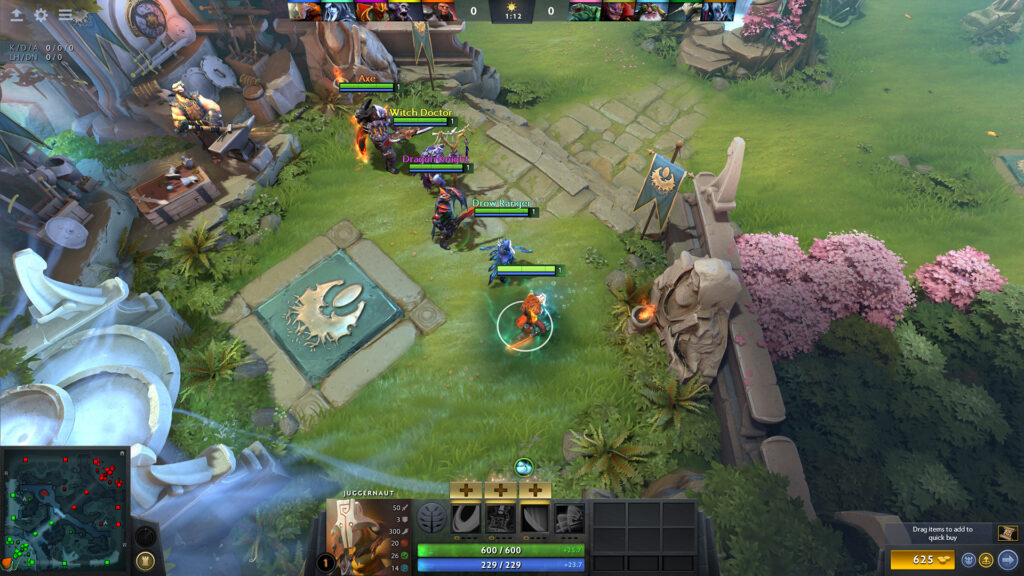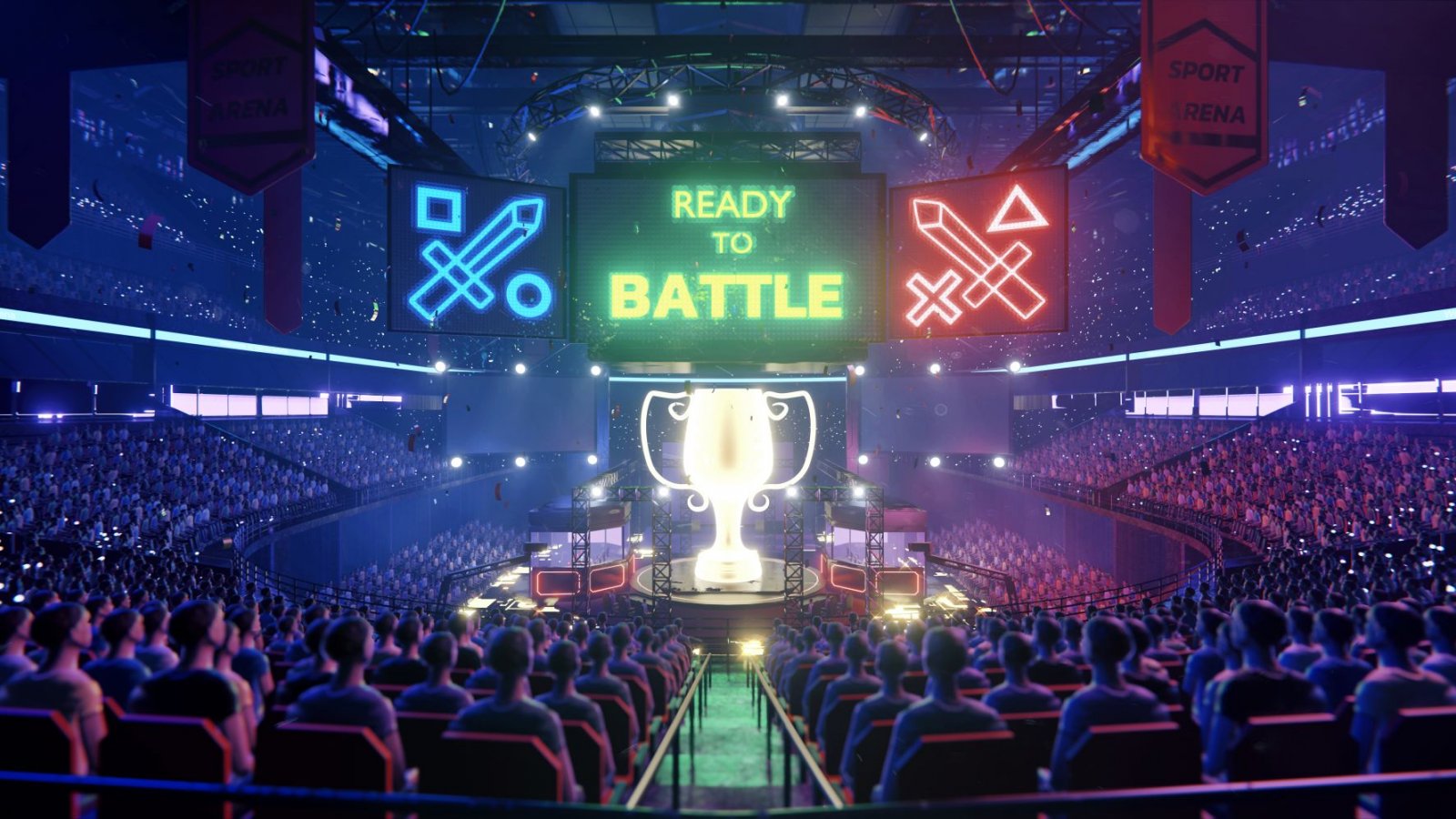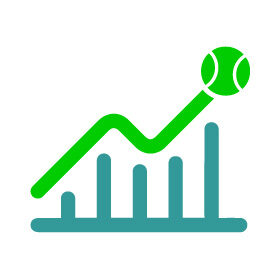Table of Contents
ToggleBeyond the Buzz: Finding Real Value and Applying Your Trading Know-How in Competitive Gaming Markets
Alright, let’s talk esports. You’ve probably heard the buzz: the massive tournaments, the millions in prize money, the stadiums packed with fans. It feels like it exploded out of nowhere, right? While the growth stats are certainly eye-popping (and yeah, we’ve talked about that market boom before), the real question for folks like us, the sports traders, is simpler: Is there actual, tangible opportunity here? Can the skills we’ve honed in traditional sports markets translate to this digital arena?
Honestly, it’s a fair question. When you’re used to analyzing football form, tennis matchups, or horse racing conditions, diving into the world of League of Legends or Counter-Strike can feel like stepping onto a different planet. But here’s the thing: beneath the surface-level differences, the core mechanics that drive trading opportunities often rhyme, even if they don’t repeat exactly.
So, Why Should Sports Traders Even Look at Esports?
Think about what makes sports trading tick. It’s about understanding probability, assessing value in odds, reacting to live information, managing risk, and identifying patterns. It’s about finding an edge where the market might be slightly mispriced. Sound familiar? Esports matches, despite being played on screens, generate a ton of data and have outcomes influenced by skill, strategy, team dynamics, and even player mentality – just like traditional sports.
The beauty for a sports trader is that many of the fundamental principles carry over. You’re still looking at head-to-head records, recent performance, roster changes (think player transfers or substitutions), and specific matchup dynamics (like team A’s playstyle versus team B’s). The difference lies in the context and the data sources. Instead of injury reports, you might be looking at patch notes (game updates that can shift the balance of power) or player streaming activity. Instead of analyzing pitch conditions, you might be considering server latency or a team’s map pool preferences.
It’s a new playing field, yes, but the game of finding value remains strikingly similar. Plus, let’s be frank, the esports market is still relatively young compared to, say, Premier League football. This can mean inefficiencies. Markets might react slower, or odds might not fully reflect all available information, especially in lower-tier matches or less popular games. For a sharp trader willing to put in the homework, that spells potential opportunity.
It’s Not Just One Big “Esports” Blob, Though
One mistake newcomers often make is treating “esports” as a single entity. That’s like lumping football, basketball, and cricket under the banner of “ball sports” and expecting the trading dynamics to be identical. They aren’t.
You’ve got different genres, each with its own ecosystem, fanbase, and competitive structure. MOBAs (Multiplayer Online Battle Arenas) like League of Legends (LoL) or Dota 2 involve complex team strategies, objective control, and character drafts that significantly impact the game. FPS (First-Person Shooters) like Counter-Strike 2 (CS2) or Valorant are about precision aiming, tactical positioning, map control, and economy management. Then there are sports simulations (FIFA, NBA 2K), fighting games (Street Fighter, Tekken), battle royales (PUBG, Apex Legends), and real-time strategy games (StarCraft II).
Each game, and often specific tournaments within that game, represents a distinct market. The factors driving success in a LoL match are vastly different from those in a CS2 game. This means specialization can be key.
Just like a sports trader might focus on European football leagues or ATP tennis tournaments, an esports trader might find more success focusing on the North American LoL scene or tier-1 CS2 events. Trying to trade everything might just spread you too thin.

Finding Your Trading Angle: Where’s the Action?
Okay, so you’re intrigued. Where do the actual trading opportunities lie? Much like traditional sports, the markets are evolving. The most straightforward angle, naturally, is predicting the match winner – simply picking who takes the overall series victory, whether it’s a best-of-three or best-of-five. But the opportunities don’t stop there. Many games, like CS2 or LoL, unfold over several ‘maps’ or distinct games within the match. This opens up markets for map winners, allowing you to trade on the outcome of individual maps which might present different dynamics based on specific map layouts, team preferences, or shifting momentum within the series.
For matchups that seem lopsided on paper, where one team is a heavy favorite, traders often look towards handicap markets. Betting on Team A with a -1.5 map handicap, for instance, means they need a clean 2-0 victory in a best-of-three for your trade to win, offering potentially better value than the straight match winner odds. Beyond predicting winners, you can delve into totals markets. Depending on the game, this could involve trading on the total number of rounds played (common in CS2), the cumulative kills achieved across a map or series, or even predicting whether the map duration will go over or under a certain time. Success here requires a solid grasp of the typical game pace and the strategic styles of the teams involved.
Perhaps the most dynamic area, though, and where skills honed in traditional sports trading truly come to the fore, is in-play trading. Esports matches provide a constant, real-time stream of information. A game-changing team fight in LoL, a crucial round win against the odds in CS2, a strategic adaptation, or even just one player having an exceptional performance – these events can cause momentum and market odds to swing dramatically and rapidly.
Platforms like Twitch aren’t just for watching; they are your live feed, delivering visual cues and often insightful commentary that can inform split-second trading decisions. Reacting quickly and accurately is the name of the game here. Finally, for those who develop deep knowledge of individual competitors, player props are an emerging field. These markets focus on specific player achievements within a match, such as who gets the most kills, deals the most damage, or achieves certain objectives, requiring granular insight into player roles and capabilities.
Regardless of the angle you choose, the key, as always, is diligent information gathering. Official tournament broadcasts are essential viewing. Statistical repositories like HLTV.org (for CS2) or the comprehensive Liquipedia are invaluable for digging into historical data, current team form, and head-to-head matchup records. Furthermore, following teams and players on social media platforms, engaging with community forums like Reddit, and even watching player practice streams can offer subtle but potentially significant insights into team atmosphere, strategic preparation, or how players are adapting to the latest game meta. It really is about piecing together a complete picture from a wide array of sources.
Let’s Be Real: Challenges and Things to Watch Out For
Now, it wouldn’t be realistic to paint a picture of easy money; entering the esports market certainly comes with its own set of hurdles. One significant factor is information asymmetry. While there’s a vast amount of data available, knowing which stats truly matter and how to correctly interpret them within the context of a specific game takes time and experience. Seasoned esports followers might possess insights derived from understanding team dynamics or meta shifts that aren’t immediately apparent from a spreadsheet alone. This ties into the game knowledge curve.
You simply can’t trade effectively without understanding the fundamentals: win conditions, key objectives, the significance of strategic plays. Without this baseline, you risk making decisions based on incomplete or misinterpreted information. Adding another layer of complexity is the impact of patch dependency. Regular game updates can fundamentally alter character abilities, map layouts, or core mechanics, sometimes rendering previously effective strategies obsolete and making recent historical data less predictive. Staying abreast of these patches is non-negotiable.
Beyond the information challenges, traders must contend with volatility. Esports markets, particularly during live play, can experience incredibly rapid odds fluctuations based on single moments or shifts in momentum. This necessitates disciplined bankroll management and the ability to remain objective under pressure. Lastly, while the industry is maturing, considerations around regulation and integrity remain pertinent.
Major tournaments generally have robust measures against cheating and match-fixing, but the global landscape isn’t as uniformly regulated as top-tier traditional sports. It’s wise, especially when starting, to stick to reputable trading platforms and focus on major, well-established events where integrity measures are likely strongest.

Getting Started Without Getting Rekt
So, where does a curious sports trader begin this journey without getting overwhelmed or taking unnecessary risks? First off, don’t try to conquer the entire esports world at once. It’s far wiser to pick your poison selectively. Choose one, maybe two, major games that genuinely capture your interest or appear to have consistently active trading markets. Titles like CS2, League of Legends, Dota 2, or Valorant are often good starting points due to the wealth of available information and market liquidity. Often, you’ll find it easier to learn the deep intricacies of a game you actually enjoy watching.
Once you’ve chosen your focus, the real work begins: you need to become a dedicated student of the game. This means actively watching matches, not just passively. Pay attention to commentators, as they frequently explain the strategic ‘why’ behind the action. Follow expert analysts and respected community figures. Read online guides and discussions. If possible, even play the game casually yourself to get an intuitive feel for its mechanics and flow. Immerse yourself in its world.
Practically speaking, when you feel ready to start trading, it’s absolutely crucial to start small. This is standard advice for any new market, but it bears repeating. Use minimal stakes that you’re comfortable losing. Your initial focus should be purely on learning the market’s behaviour, testing your analytical process, and understanding the flow of odds, rather than chasing immediate profits. Some might even consider paper trading initially or simply tracking hypothetical trades in a spreadsheet to build confidence without financial risk.
As you gain familiarity, it might be sensible to focus more on pre-match analysis at first. While the allure of fast-paced in-play trading is strong, it also carries higher risk, especially for newcomers. Build your foundation by researching matchups, analyzing historical data, considering recent form and meta changes, and making your trading decisions before the action starts.
Master this, and you’ll be better prepared for the dynamics of live trading later on. And throughout this entire journey, meticulous tracking is your best friend. Log every trade you make, carefully noting your reasoning, the outcome, and any lessons learned. What worked? What didn’t? Why did you make that decision? This continuous feedback loop is indispensable for refining your strategy, identifying biases, and plugging knowledge gaps over time.
The Final Whistle (or GG Call)
Esports isn’t just a fleeting trend; it’s a massive, professionally structured industry with passionate fans and, importantly for us, increasingly mature betting and trading markets. For sports traders equipped with analytical skills and a willingness to learn a new domain, it represents a genuine frontier.
It demands dedication: you need to put in the hours to understand the games and the ecosystem. But the core principles of identifying value, managing risk, and analyzing performance are skills you already possess. By applying them diligently in this digital arena, esports trading might just become a valuable addition to your repertoire. It’s certainly more than just hype, it’s a market waiting for savvy traders to figure it out.
Worth a closer look, wouldn’t you say?





